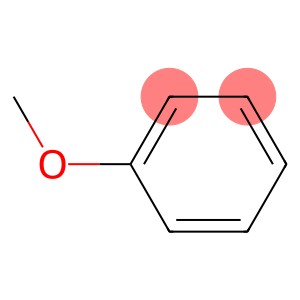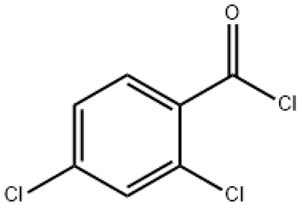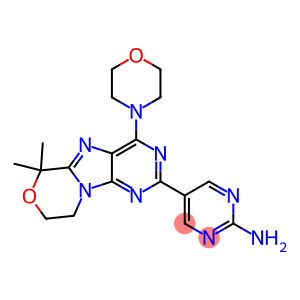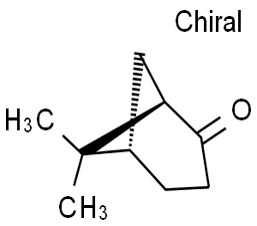Anisole(CAS#100-66-3)
| Risk Codes | R10 – Flammable R38 – Irritating to the skin R20 – Harmful by inhalation R36/37 – Irritating to eyes and respiratory system. |
| Safety Description | S37/39 – Wear suitable gloves and eye/face protection S26 – In case of contact with eyes, rinse immediately with plenty of water and seek medical advice. S16 – Keep away from sources of ignition. S24/25 – Avoid contact with skin and eyes. |
| UN IDs | UN 2222 3/PG 3 |
| WGK Germany | 2 |
| RTECS | BZ8050000 |
| TSCA | Yes |
| HS Code | 29093090 |
| Hazard Class | 3 |
| Packing Group | III |
| Toxicity | LD50 orally in rats: 3700 mg/kg (Taylor) |
Introduction
Anisole is an organic compound with the molecular formula C7H8O. The following is an introduction to some of the properties, uses, manufacturing methods and safety information of anisole
Quality:
- Appearance: Anisole is a colorless liquid with an aromatic odor.
- Boiling Point: 154 °C (lit.)
- Density: 0.995 g/mL at 25 °C (lit.)
- Solubility: Soluble in organic solvents such as ether, ethanol and methylene chloride, insoluble in water.
Method:
- Anisole is generally prepared by the reaction of phenol with methylation reagents such as methyl bromide or methyl iodide.
- The reaction equation is: C6H5OH + CH3X → C6H5OCH3 + HX.
Safety Information:
- Anisole is volatile, so be careful not to come into contact with the skin and inhale its vapors.
- Good ventilation should be taken and appropriate personal protective equipment should be worn during handling and storage.








![3,9-Divinyl-2,4,8,10-tetraoxaspiro[5.5]undecane(CAS#78-19-3)](https://www.xinchem.com/uploads/undecane1.png)